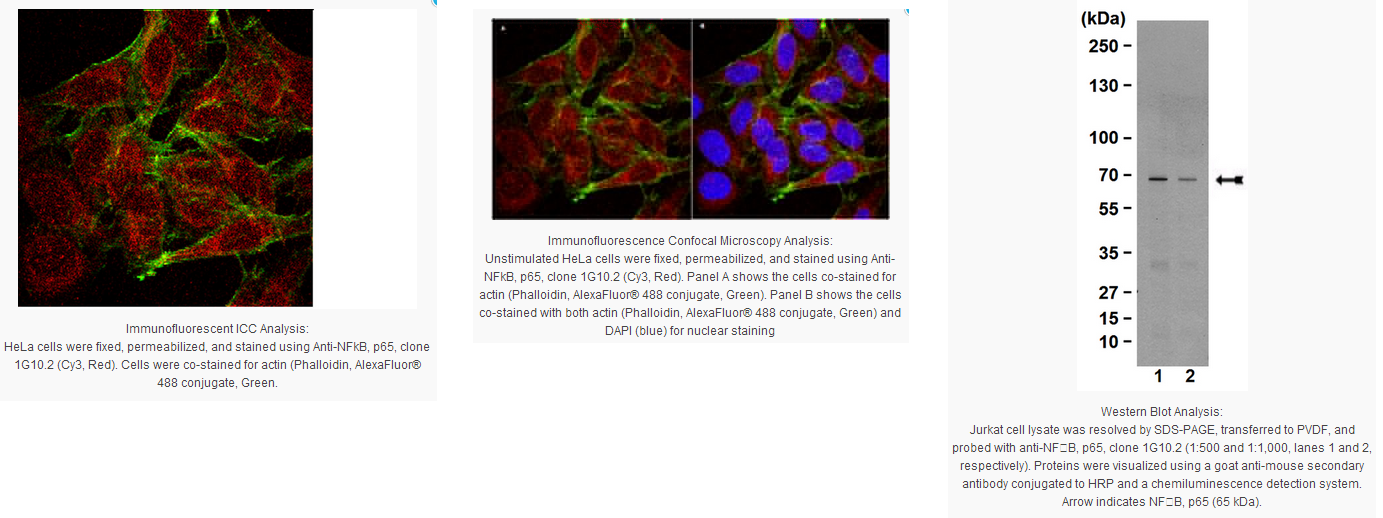

 |
|
||||||||||||||||||||||||||
描述:
| Species Reactivity | Key Applications | Host | Format | Antibody Type |
|---|---|---|---|---|
| H, B, R, M | WB, ICC, IF | M | Purified | Monoclonal Antibody |
| Product Information | |
|---|---|
| Format | Purified |
| Presentation | Purified mouse monoclonal in 0.1M Tris-Glycine (pH 7.4) with 150mM NaCl and 0.05% NaN3. |
| Packaging Information | |
|---|---|
| Material Size | 200 µg |
原厂资料:
| Species Reactivity | Key Applications | Host | Format | Antibody Type |
|---|---|---|---|---|
| H, B, R, M | WB, ICC, IF | M | Purified | Monoclonal Antibody |
| Product Information | |
|---|---|
| Format | Purified |
| Presentation | Purified mouse monoclonal in 0.1M Tris-Glycine (pH 7.4) with 150mM NaCl and 0.05% NaN3. |
| Packaging Information | |
|---|---|
| Material Size | 200 µg |
说明书
参考文献
本产品可用于的实验
京ICP备15036693号-2  京公网安备11010802025653 版权所有:北京逸优科技有限公司
1.71
京公网安备11010802025653 版权所有:北京逸优科技有限公司
1.71



